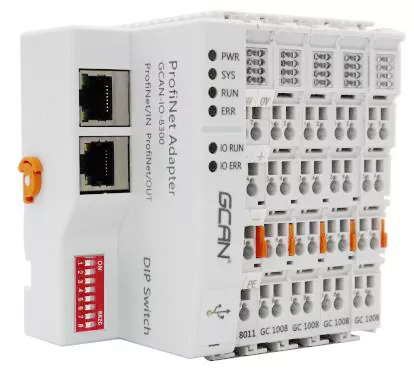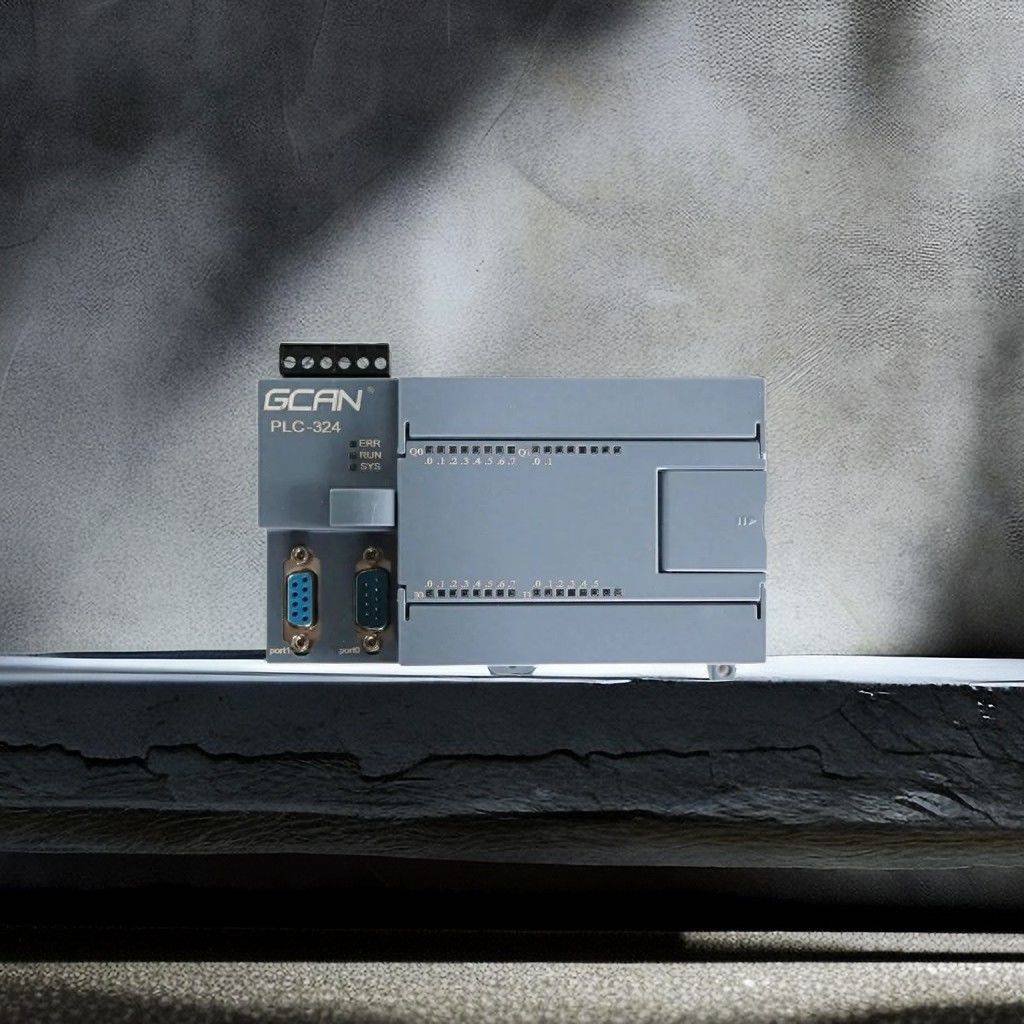En tant qu'ingénieur PLC, vous savez que les basses températures peuvent constituer une menace pour le fonctionnement optimal de votre système. Systèmes PLC. Mais n'ayez crainte ! Nous avons dressé une liste de mesures pratiques pour garder votre automate au frais et le protéger dans les environnements froids.
1. Éléments chauffants
Équipez votre automate d'éléments chauffants tels que des radiateurs et des fils chauffants. Ces éléments contribueront à maintenir l'automate dans la plage de température de fonctionnement appropriée. Choisissez les éléments chauffants en fonction de la température souhaitée et des besoins en énergie, et surveillez et contrôlez-les à l'aide de capteurs ou de régulateurs de température.
2. Matériaux d'isolation
Utilisez des matériaux isolants pour isoler votre automate des basses températures extérieures. Envisagez d'utiliser des boîtes d'isolation, des couvercles ou des tampons pour fournir une isolation supplémentaire et réduire le risque de problèmes liés à la température affectant votre automate.
3. Conception de l'étanchéité
Veillez à ce que le boîtier de l'équipement PLC présente d'excellentes propriétés d'étanchéité afin d'empêcher l'air froid de pénétrer dans les composants internes. Pour ce faire, vous pouvez utiliser des adhésifs d'étanchéité, des joints en caoutchouc ou des bandes d'étanchéité.


4. Système de contrôle de la température
Installez des capteurs de température et des contrôleurs pour surveiller la température ambiante de votre automate et ajuster automatiquement la puissance des éléments chauffants. Lorsque la température descend en dessous du niveau souhaité, le système de contrôle active les éléments chauffants pour assurer une isolation adéquate.
5. Alimentation électrique fiable
Fournissez à votre automate une alimentation stable et fiable pour garantir un fonctionnement ininterrompu dans des environnements à basse température. Envisagez d'utiliser des sources d'alimentation de secours, des alimentations sans interruption (ASI) ou d'autres dispositifs d'alimentation stables pour atténuer l'impact des fluctuations de tension et des pannes de courant sur votre automate.
En mettant en œuvre ces mesures de protection contre les basses températures, vous pouvez protéger votre automate des effets néfastes du froid et maintenir ses performances optimales. Alors, ne laissez pas le froid geler la productivité de votre automate - agissez dès maintenant !
À la recherche d'un Automate programmable pour votre prochain projet ? Cliquez pour en savoir plus !
